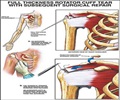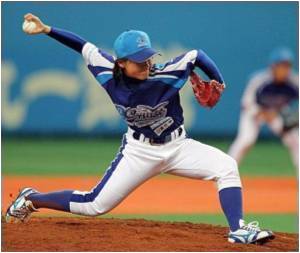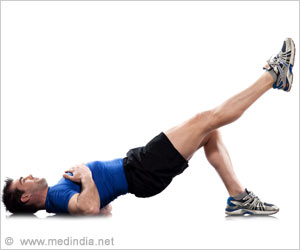
Early movement of joint possible
‘Patients who have had knee or shoulder surgery or who require conservative treatment can benefit from training with motor-driven continuous passive motion (CPM) devices.
’
Tweet it Now
Motor-driven CPM devices allow movement of the joints without the patients needing to use their muscles. With this method, intensive activation of the joints is possible already shortly after surgery. Evidence base still best for total knee replacement
Compared with the preliminary report, the researchers could analyse data from two additional studies. The evidence base was still best for the use of CPM in addition to physiotherapy after total knee replacement surgery. Data of 1693 patients were available for this therapeutic indication, whereas data of fewer than 160 patients were available for each of the remaining six research questions.
Further data on rotator cuff tear: no advantage regarding pain
For rotator cuff tear, a condition involving the rupture of tendons in the shoulder requiring surgery, data from two studies with 155 participants in total were now available to the Institute for the comparison of CPM in combination with physiotherapy versus physiotherapy alone. In the preliminary report, this number was 100. Since the study additionally analysed had an opposing result for the outcome "pain", the Institute no longer sees an advantage in its final report.
Advertisement
Further studies are useful and recommended
Advertisement
In this final report, IQWiG assessed the benefit and harm of CPM only for knee and shoulder joints. Another completed assessment dealt with controlled active motion (CAM) devices for knees in the treatment of anterior cruciate ligament ruptures.
Source-Eurekalert










